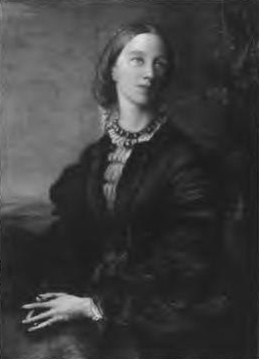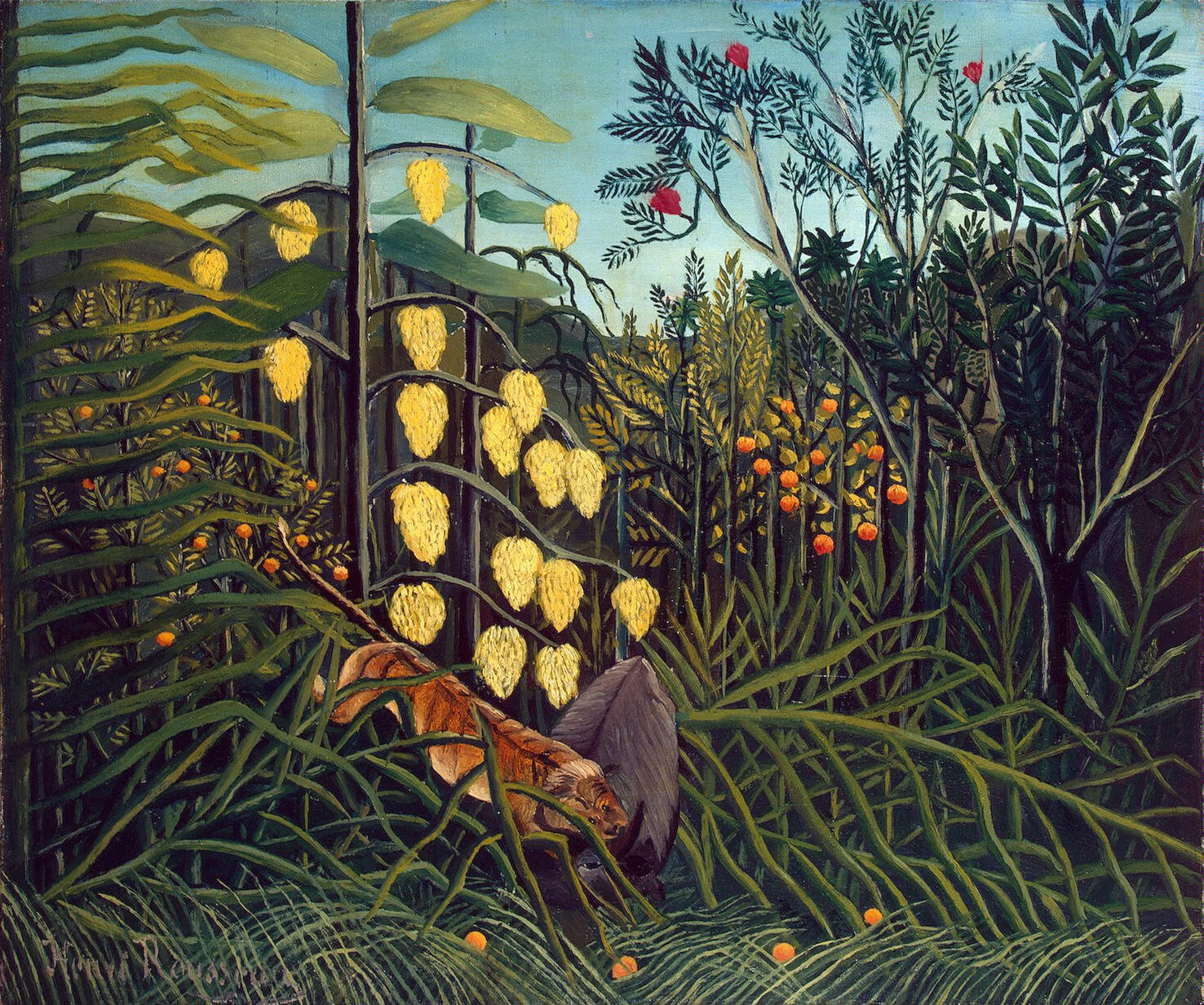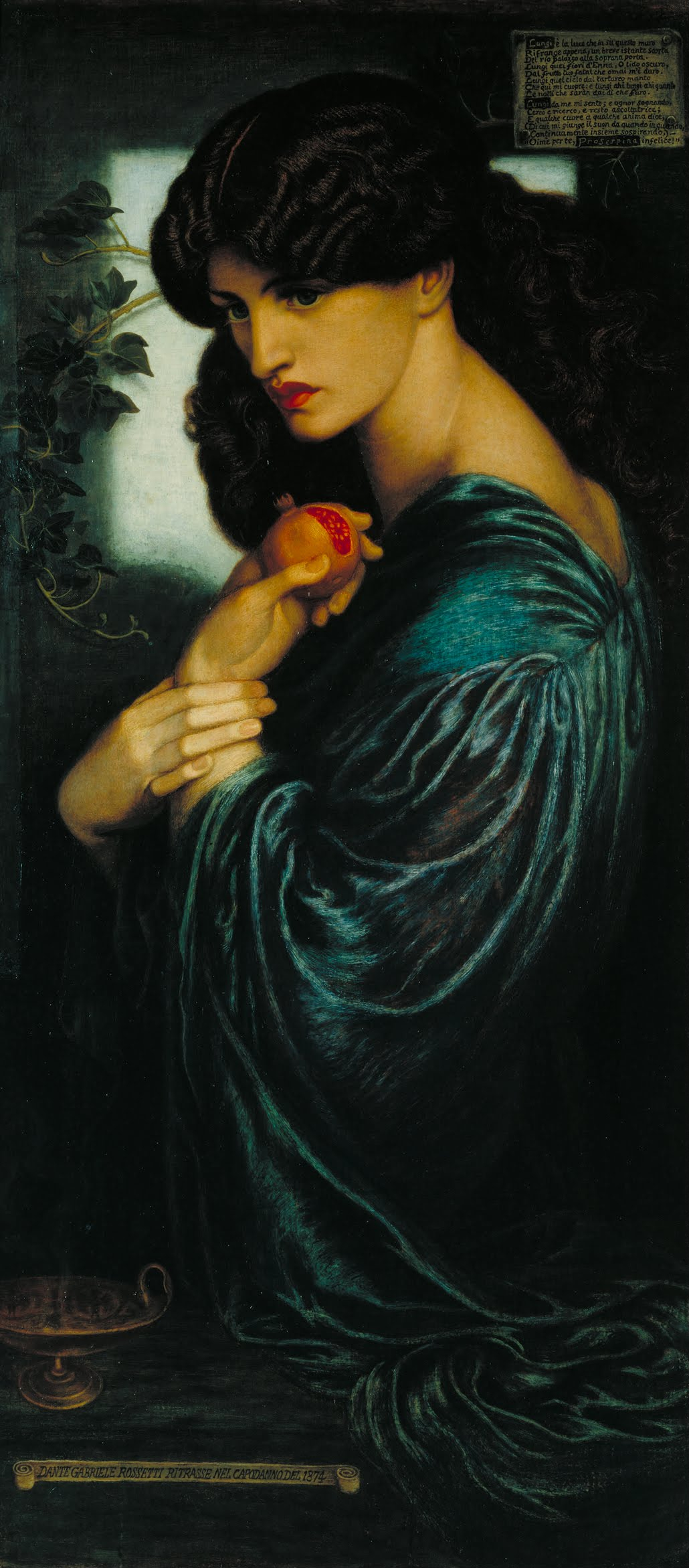|
Emily Ford
Emily Susan Ford (1850–1930) was an English artist and campaigner for women's rights. She was born into a Quaker family in Leeds, and trained as an artist at the Slade School of Art and exhibited at the Royal Academy. Life Emily Ford was born in Leeds into a politically active Quaker family who moved to Adel Grange in Adel on the outskirts of Leeds when she was 15. Her parents were Robert Lawson Ford (1809–1878) a solicitor and Hannah (née Pease) (1814–1886). Her youngest sister Isabella became a prominent campaigner for the rights of working women. When in Leeds Emily lived at the family home, Adel Grange, but after her older sister Bessie died in 1922, Emily and Isabella moved to Adel Willows, a small property nearby. Ford attended the Slade School of Art in London from 1875. From 1873 until 1881 Ford was an active member of the Leeds Ladies' Educational Association, which provided lectures and courses, supervised Cambridge Local Examinations and with other local bo ... [...More Info...] [...Related Items...] OR: [Wikipedia] [Google] [Baidu] |
Society Of Friends
Quakers are people who belong to a historically Protestant Christian set of Christian denomination, denominations known formally as the Religious Society of Friends. Members of these movements ("theFriends") are generally united by a belief in each human's ability to experience Inward light, the light within or see "that of God in every one". Some profess a priesthood of all believers inspired by the First Epistle of Peter. They include those with evangelicalism, evangelical, Holiness movement, holiness, Mainline Protestant, liberal, and Conservative Friends, traditional Quaker understandings of Christianity. There are also Nontheist Quakers, whose spiritual practice does not rely on the existence of God. To differing extents, the Friends avoid creeds and Hierarchical structure, hierarchical structures. In 2017, there were an estimated 377,557 adult Quakers, 49% of them in Africa. Some 89% of Quakers worldwide belong to ''evangelical'' and ''programmed'' branches that hold ... [...More Info...] [...Related Items...] OR: [Wikipedia] [Google] [Baidu] |
Dudley Museum And Art Gallery
Dudley Museum and Art Gallery was a public museum and art gallery located in the town centre of Dudley in the West Midlands, England. It was opened in 1883, situated within buildings on St James's Road, and remained at that site until its closure in 2016. Some of the museum collections have since been relocated to the Dudley Archives centre on Tipton Road. History The building was originally planned as a Free Library and School of Art by Dudley Borough Council. The foundation stone was laid on 3 July 1883 by Earl Beauchamp, the Lord Lieutenant of Worcestershire. Although an art gallery was included in the design, it did not open for another five years; the gallery was officially opened on 1 August 1888 by Mayor of Dudley Benjamin Hingley. In 1906, Dudley Council entered an agreement with the Dudley Geographical Society to take over their collection of fossils and other materials with a view to displaying them in a museum in the town. In 1911, it was announced that this coll ... [...More Info...] [...Related Items...] OR: [Wikipedia] [Google] [Baidu] |
Victorian Society
The Victorian Society is a UK amenity society and membership organisation that campaigns to preserve and promote interest in Victorian and Edwardian architecture and heritage built between 1837 and 1914 in England and Wales. It is a registered charity. Goals The Society, a registered charity, fights to protect Victorian and Edwardian heritage from demolition or careless alteration. As a membership organisation, the majority of its funding comes from subscription fees and events. As one of the National Amenity Societies, The Victorian Society is a statutory consultee on alterations to listed buildings, and by law must be notified of any work to a listed building which involves any element of demolition. The society: * Provides advice to churches and local planning authorities on how Victorian and Edwardian buildings and landscapes can be adapted to modern use, while keeping what is distinctive about them. * Advises members of the public on how they can help shape the futur ... [...More Info...] [...Related Items...] OR: [Wikipedia] [Google] [Baidu] |
Emelia Russell Gurney
Emelia Russell Gurney (1823–1896) was an English activist, patron and benefactor. After her marriage she was generally known as Mrs. Russell Gurney. Life She was born Emelia Batten, daughter of the Rev. Samuel Ellis Batten (1792–1830), master at Harrow School, and Caroline Venn, daughter of John Venn. A friend of the children of John William Cunningham, and close to James Fitzjames Stephen, she was present in March 1851 when Stephen met Mary Richenda Cunningham, his future wife, for the second time, and fell in love. She herself married Russell Gurney in 1852. He was from the London Baptist family of parliamentary shorthand writers, rather than the Norwich Quaker banking Gurney family of Earlham Hall. The Gurneys lived in London at 8 Kensington Palace Gardens, from around 1854. She was a founder of the Kensington Society of 1865–8, a group of feminists, reformers and suffragists. A committee was set up after Elizabeth Blackwell lectured on medical training for women, in ... [...More Info...] [...Related Items...] OR: [Wikipedia] [Google] [Baidu] |
Primitivism
Primitivism is a mode of aesthetic idealization that either emulates or aspires to recreate a "primitive" experience. It is also defined as a philosophical doctrine that considers "primitive" peoples as nobler than civilized peoples and was an offshoot of nostalgia for a lost Eden or Golden Age. In Western art, primitivism typically has borrowed from non-Western or prehistoric people perceived to be "primitive", such as Paul Gauguin's inclusion of Tahitian motifs in paintings and ceramics. Borrowings from "primitive" or non-Western art have been important to the development of modern art. Primitivism has often been critiqued for reproducing the racist stereotypes about non-European peoples used by Europeans to justify colonial conquest. The term "primitivism" is often applied to the painting styles that pervaded prior to the Avant-garde. It also refers to the style of naïve or folk art produced by amateurs like Henri Rousseau without commercial intent and solely for the purp ... [...More Info...] [...Related Items...] OR: [Wikipedia] [Google] [Baidu] |
Baptismal Font
A baptismal font is an article of church furniture used for baptism. Aspersion and affusion fonts The fonts of many Christian denominations are for baptisms using a non-immersive method, such as aspersion (sprinkling) or affusion (pouring). The simplest of these fonts has a pedestal (about tall) with a holder for a basin of water. The materials vary greatly consisting of carved and sculpted marble, wood, or metal. The shape can vary. Many are eight-sided as a reminder of the new creation and as a connection to the practice of circumcision, which traditionally occurs on the eighth day. Some are three-sided as a reminder of the Holy Trinity: Father, Son, and Holy Spirit. Fonts are often placed at or near the entrance to a church's nave to remind believers of their baptism as they enter the church to pray, since the rite of baptism served as their initiation into the Church. In many churches of the Middle Ages and Renaissance there was a special chapel or even a se ... [...More Info...] [...Related Items...] OR: [Wikipedia] [Google] [Baidu] |
All Souls' Church, Blackman Lane
All Souls' Church, Blackman Lane, in Leeds, West Yorkshire, England is a large Victorian Church of England parish church. Worship at All Souls is in the Anglo-Catholic tradition of the Church of England. History All Souls' Church was built by public subscription in one of the poorest districts of Leeds, the Leylands, as a memorial to Dr W. F. Hook, Vicar of Leeds for some 22 years and later Dean of Chichester. A new parish was formed from parts of the parishes of St Matthew, St Mark, and St Michael (Buslingthorpe) extending up to Woodhouse Lane, where it was intended the church should be sited. However, this could not be managed and it was placed on Blackman Lane, which was, however, convenient for the parish inhabitants. It was designed by Sir George Gilbert Scott, and is the last church he designed before his death in 1878: his son, John Oldrid Scott, took over the supervision of the building. The foundation stone was laid in September 1876; the church was consecrated on 29 ... [...More Info...] [...Related Items...] OR: [Wikipedia] [Google] [Baidu] |
All Souls Leeds Font
All or ALL may refer to: Language * All, an indefinite pronoun in English * All, one of the English determiners * Allar language (ISO 639-3 code) * Allative case (abbreviated ALL) Music * All (band), an American punk rock band * ''All'' (All album), 1999 * ''All'' (Descendents album) or the title song, 1987 * ''All'' (Horace Silver album) or the title song, 1972 * ''All'' (Yann Tiersen album), 2019 * "All" (song), by Patricia Bredin, representing the UK at Eurovision 1957 * " All (I Ever Want)", a song by Alexander Klaws, 2005 * "All", a song by Collective Soul from '' Hints Allegations and Things Left Unsaid'', 1994 Science and mathematics * ALL (complexity), the class of all decision problems in computability and complexity theory * Acute lymphoblastic leukemia * Anterolateral ligament Sports * American Lacrosse League * Arena Lacrosse League, Canada * Australian Lacrosse League Other uses * All, Missouri, a community in the United States * All, a brand of Sun Produc ... [...More Info...] [...Related Items...] OR: [Wikipedia] [Google] [Baidu] |
Newnham College, Cambridge
Newnham College is a women's constituent college of the University of Cambridge. The college was founded in 1871 by a group organising Lectures for Ladies, members of which included philosopher Henry Sidgwick and suffragist campaigner Millicent Garrett Fawcett. It was the second women's college to be founded at Cambridge, following Girton College. The College is celebrating its 150th anniversary throughout 2021 and 2022. History The history of Newnham begins with the formation of the Association for Promoting the Higher Education of Women in Cambridge in 1869. The progress of women at Cambridge University owes much to the pioneering work undertaken by the philosopher Henry Sidgwick, fellow of Trinity. Lectures for Ladies had been started in Cambridge in 1869,Stefan Collini, ‘Sidgwick, Henry (1838–1900)’, Oxford Dictionary of National Biography, Oxford University Press, 2004; online edn, May 200accessed 4 Jan 2017/ref> and such was the demand from those who could not travel ... [...More Info...] [...Related Items...] OR: [Wikipedia] [Google] [Baidu] |
Pre-Raphaelite Brotherhood
The Pre-Raphaelite Brotherhood (later known as the Pre-Raphaelites) was a group of English painters, poets, and art critics, founded in 1848 by William Holman Hunt, John Everett Millais, Dante Gabriel Rossetti, William Michael Rossetti, James Collinson, Frederic George Stephens and Thomas Woolner who formed a seven-member "Brotherhood" modelled in part on the Nazarene movement. The Brotherhood was only ever a loose association and their principles were shared by other artists of the time, including Ford Madox Brown, Arthur Hughes and Marie Spartali Stillman. Later followers of the principles of the Brotherhood included Edward Burne-Jones, William Morris and John William Waterhouse. The group sought a return to the abundant detail, intense colours and complex compositions of Quattrocento Italian art. They rejected what they regarded as the mechanistic approach first adopted by Mannerist artists who succeeded Raphael and Michelangelo. The Brotherhood believed the Cl ... [...More Info...] [...Related Items...] OR: [Wikipedia] [Google] [Baidu] |





